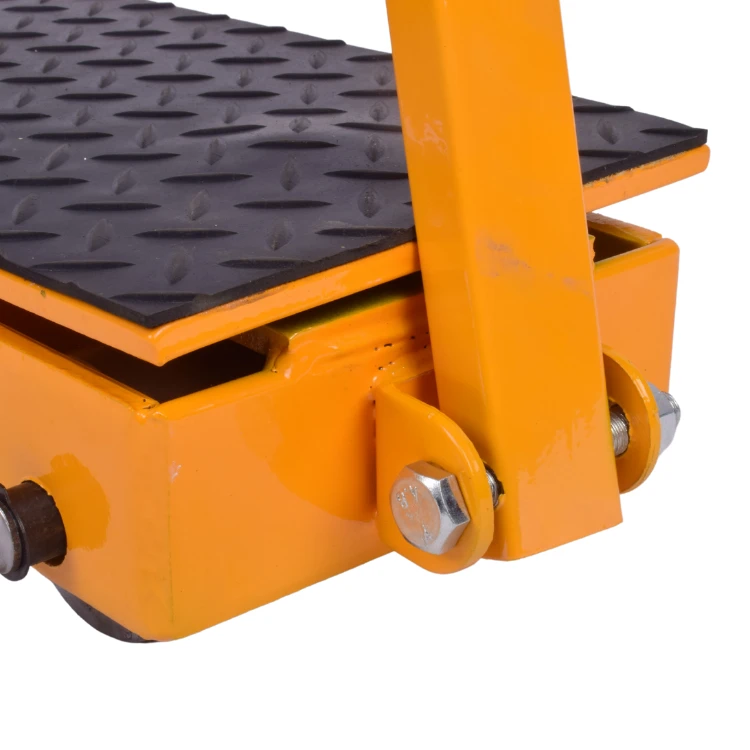Powerful Lifting Solutions with Hoist Magnets for Heavy Industrial Applications
Understanding Hoist Magnets Essential Tools for Lifting Heavy Loads
In various industries, the ability to lift and transport heavy materials safely and efficiently is crucial. This is where hoist magnets come into play. Hoist magnets, also known as lifting magnets or electromagnetic hoists, are specialized devices designed to lift and carry heavy ferromagnetic objects such as steel plates, pipes, and other metal components. They are indispensable tools in construction, manufacturing, and scrap metal industries, providing a reliable solution for material handling.
The Mechanism Behind Hoist Magnets
At its core, a hoist magnet operates using the principles of electromagnetism. The device consists of a coil wound around a ferromagnetic core. When an electric current passes through the coil, it generates a magnetic field, effectively turning the hoist magnet into a powerful magnet capable of lifting significant weights. The strength of the magnetic field depends on several factors, including the current supplied, the number of coil turns, and the characteristics of the core material.
Modern hoist magnets come equipped with safety features to prevent accidental release of loads. Many models are designed with a quick-release mechanism that allows operators to safely disengage the magnet when needed. Additionally, some hoist magnets feature automatic power cut-off systems that deactivate the magnetic field if the power supply is interrupted, ensuring that the load is not accidentally dropped.
Types of Hoist Magnets
There are primarily two types of hoist magnets permanent magnets and electromagnetic hoists
.1. Permanent Magnets These magnets do not require a power supply to generate a magnetic field. They use permanent magnet materials, which means they can operate without electricity. However, the lifting capacity is fixed, so they are typically used for lighter loads or in environments where power supply may be unreliable.
hoist magnet

2. Electromagnetic Hoists Unlike permanent magnets, electromagnetic hoists require a constant power supply. They offer greater versatility, as their lifting capacity can be adjusted by manipulating the electric current. This makes them suitable for a wide range of applications, from lifting lightweight items to handling heavy steel plates during manufacturing processes.
Applications of Hoist Magnets
Hoist magnets are widely used across various sectors. In the manufacturing industry, they play a vital role in transporting heavy components from one place to another, reducing the need for forklifts and other lifting equipment. In construction, they are used to handle steel beams and plates, facilitating quicker and safer assembly of structures.
The scrap metal industry also heavily relies on hoist magnets. They are used to lift and sort scrap materials, improving efficiency and reducing manual labor. Additionally, hoist magnets find applications in warehouses and shipping facilities, where they can aid in the quick loading and unloading of heavy cargo.
Safety Considerations
While hoist magnets are incredibly useful, safety must always be a priority when using these devices. Operators should be well-trained in the proper handling of hoist magnets to avoid accidents. Regular maintenance is essential to ensure that the magnet is functioning correctly and that its holding capacity is not compromised.
Conclusion
In summary, hoist magnets are essential tools that enhance efficiency and safety in the lifting and handling of heavy materials. Their reliance on electromagnetic principles allows for a wide range of applications across multiple industries. As technology advances, we can expect to see improvements in the design and functionality of hoist magnets, further streamlining operations in industrial environments. Whether in construction, manufacturing, or scrap metal processing, hoist magnets will continue to play a crucial role in the material handling process, making them indispensable assets in the modern workplace.
-
Unlock Seamless Relocation with Our Heavy Equipment Moving ExpertiseNewsJun.06,2025
-
Unleash Unrivaled Flexibility with Our Adjustable Gantry CraneNewsJun.06,2025
-
Unleash Heavy-Duty Efficiency with Our Industrial Gantry Crane SolutionsNewsJun.06,2025
-
Revolutionize Steel Handling with Our Magnetic Lifter RangeNewsJun.06,2025
-
Master Equipment Mobility with Premium Machinery Mover SolutionsNewsJun.06,2025
-
Elevate Your Material Handling with Magnetic Lifter TechnologyNewsJun.06,2025
-
YS Permanent Lifting Magnets: The Smarter Way to Handle SteelNewsMay.22,2025
